Data Loss Prevention (DLP) solutions are essential in safeguarding sensitive data from breaches and unauthorized access, ensuring compliance with industry regulations while maintaining trust.
DLP solutions offer comprehensive data protection by monitoring, detecting, and blocking potential data breaches before they occur. By integrating with existing IT infrastructure, they provide visibility into data usage and movement across networks. These solutions are designed to be scalable and flexible, allowing organizations to tailor settings according to specific security policies and compliance needs. Users highlight the importance of continuous updates to address emerging threats and maintain robust data protection.
What are the key features of DLP solutions?DLP solutions are implemented across industries such as finance, healthcare, and education, where protecting sensitive customer data is crucial. In finance, they help prevent data breaches of transactional data and comply with regulations like PCI DSS. In healthcare, they ensure patient data is secure and meet HIPAA requirements. Education sectors use DLP to protect student and research data from unauthorized access.
Organizations benefit from DLP solutions as they ensure secure data handling, compliance with regulations, and maintain trust by preventing unauthorized access to sensitive information.
| Product | Market Share (%) |
|---|---|
| Microsoft Purview Data Loss Prevention | 12.6% |
| Forcepoint Data Loss Prevention | 8.5% |
| Varonis Platform | 5.9% |
| Other | 73.0% |



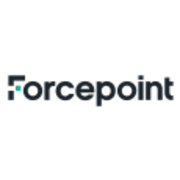


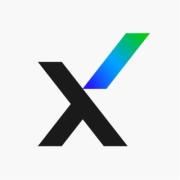
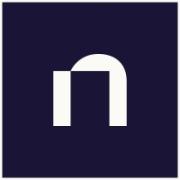





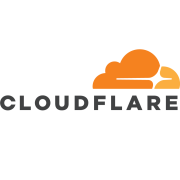
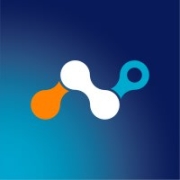









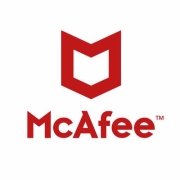
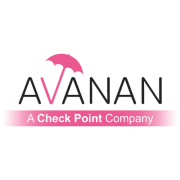

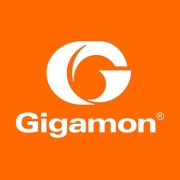
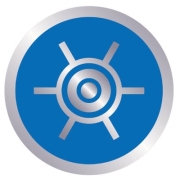
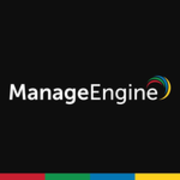




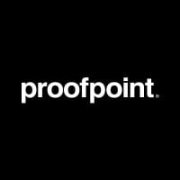
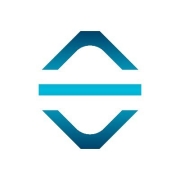


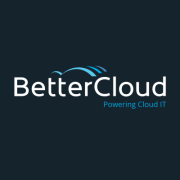
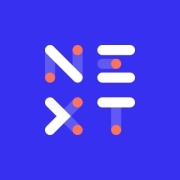
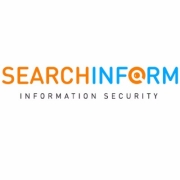


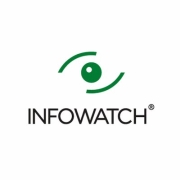




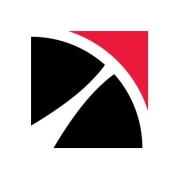




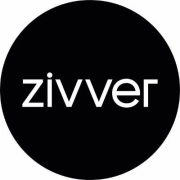
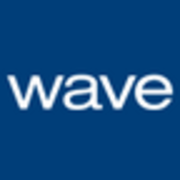
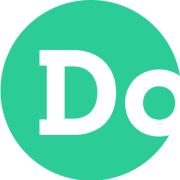
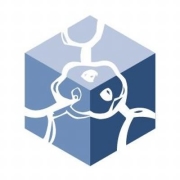


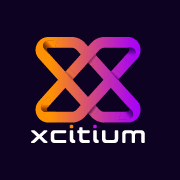
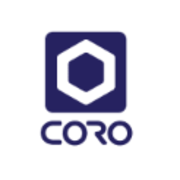
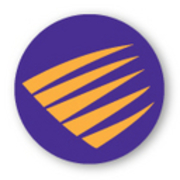
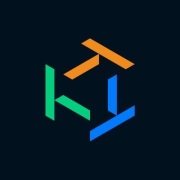


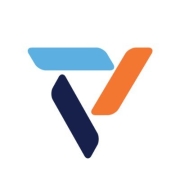


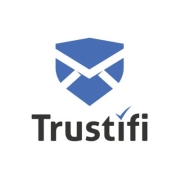
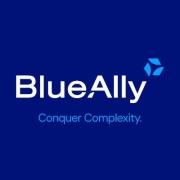




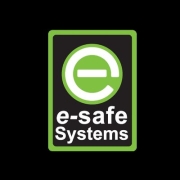
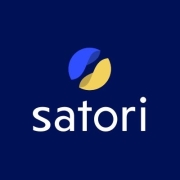
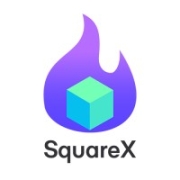

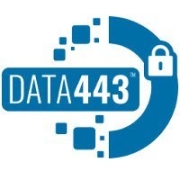
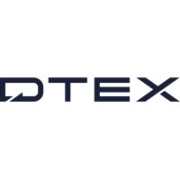
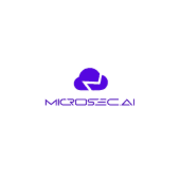
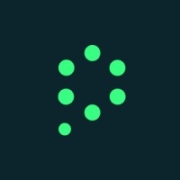

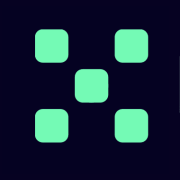










The terms “data leak” and “data loss” are often used interchangeably. However, while data loss prevention focuses on the prevention of data being lost or stolen by someone outside of the organization, data leakage includes the risk of data flowing between your organization’s critical systems, such as human resources or CRM. When data is leaked, it is not necessarily lost.
Other associated terms include information leak prevention (ILP), information leak detection and prevention (ILDP), information protection and control (IPC), content monitoring and filtering (CMF), and extrusion prevention system (EPS).
There are three types of data loss prevention (DLP):
Data loss prevention (DLP) tools monitor, detect, and block the transmission of sensitive data while it is in use, in motion, and at rest, in order to ensure that your organization’s data is not misused, accessed by unauthorized users, or lost (inadvertently or maliciously). They do this by providing visibility into your company’s data landscape, its patterns of utilization, and correlations with other enterprise systems, instituting measures to ensure that your company has consistent access to all of its data and to ensure that data’s integrity.
Data Loss Prevention in cloud environments involves continuous monitoring and protection of sensitive data as it moves in and out of cloud applications. By leveraging cloud-native DLP tools, you can discover, classify, and apply policies to safeguard data. This typically includes encryption, access controls, and activity monitoring to prevent unauthorized access and data leaks, ensuring your compliance with data protection regulations while maintaining business agility.
What Are the Key Components of DLP Solutions?DLP solutions comprise several key components including data discovery, classification, monitoring, and protection. Data discovery scans your environment to identify and categorize sensitive information. Classification helps tag data based on its sensitivity and risk level. Monitoring involves tracking data flows to detect potential threats. Finally, protection employs strategies like encryption, masking, and access restrictions to secure data from unauthorized access or exfiltration.
Why Is Endpoint DLP Critical for Data Security?Endpoint DLP is essential as it extends data protection to individual devices, which are increasingly becoming targets for data breaches. By deploying DLP at the endpoint level, you can control data transfers, monitor usage patterns, and prevent unauthorized actions before a potential security incident occurs. This layer of security is crucial for maintaining control over sensitive data, especially with the rise of remote work and mobile computing.
How Can DLP Support Compliance with Data Privacy Regulations?DLP solutions help your organization comply with data privacy regulations like GDPR, CCPA, and HIPAA by enforcing policies that protect sensitive data. They automate the identification and classification of personal data, ensuring that it is handled according to regulatory requirements. These systems also provide audit trails and reporting features to demonstrate compliance efforts during regulatory inspections and audits.
What Should You Consider When Choosing a DLP Solution?When selecting a DLP solution, consider its scalability, ease of integration with existing systems, and coverage across all potential data loss vectors, including cloud and mobile. Evaluate the solution’s ability to swiftly implement and update policies, its user interface, and the level of support and training provided by the vendor. Additionally, assess how the system addresses specific industry compliance requirements and its ability to identify and protect sensitive data in both structured and unstructured forms.